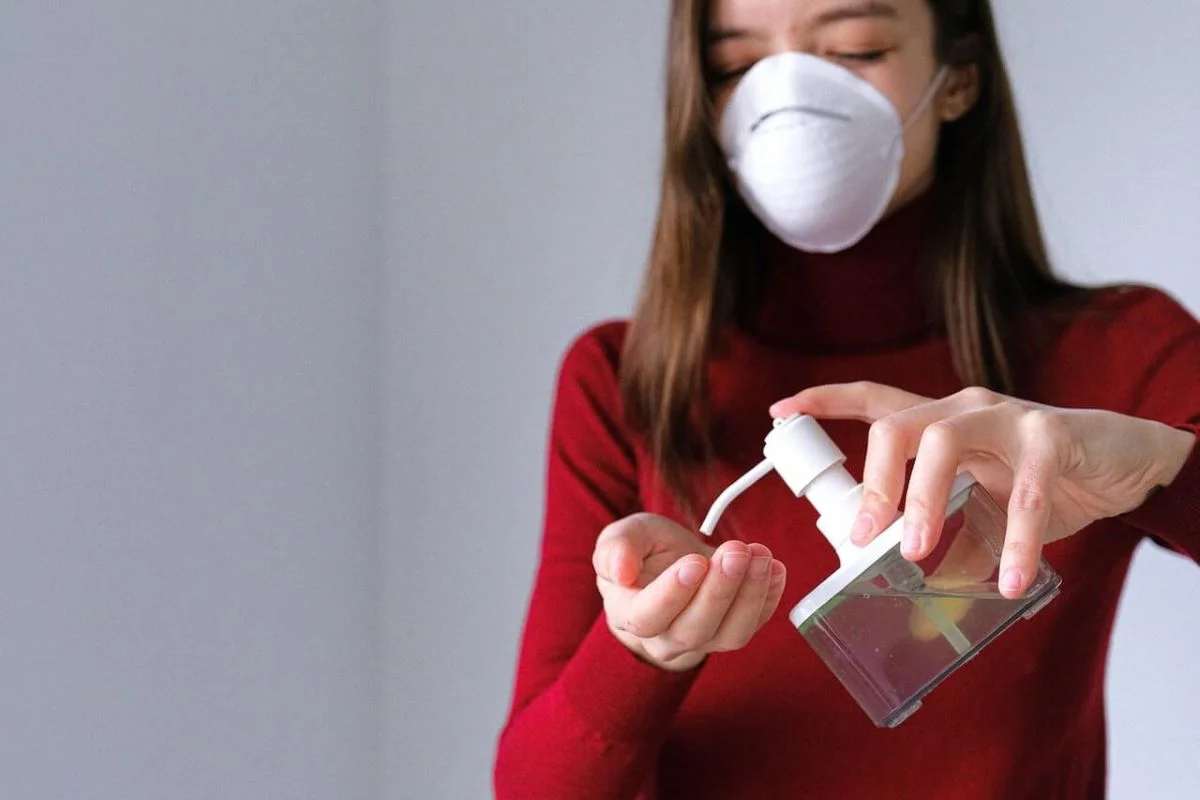On November 26, 2021, WHO designated variant B.1.1.529 as a variant of concern. If the name isn’t familiar to you, you may better know it as Omicron. This decision was based on the evidence presented to the Technical Advisory Group on Virus Evolution that Omicron has several mutations that may have an impact on how the virus behaves, how easily it spreads, or the severity of illness it causes. In this article, we go over what we currently know about the variant and the current best methods made available for prevention.
What We Know About Omicron
Researchers in South Africa and around the world continue to conduct studies to better understand many aspects of Omicron while also continuing to share the findings of these studies as they become available.
Here’s answering a couple of commonly asked questions about Omicron:
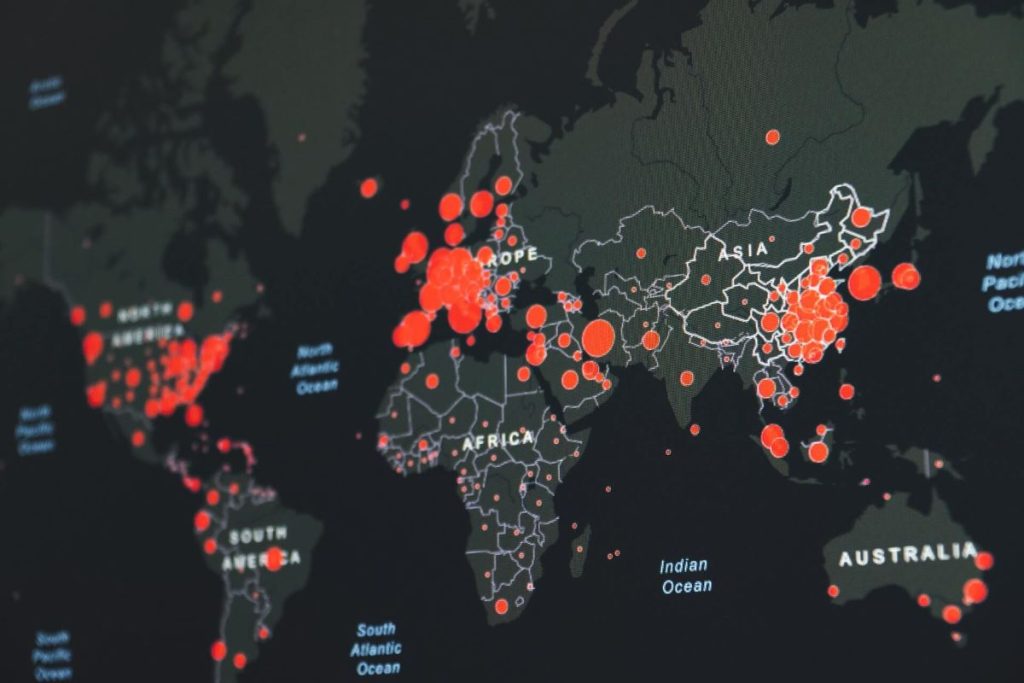
What is the Omicron Variant?
The Omicron variant of COVID-19 has been called a variant of concern by WHO based on the evidence that it has several mutations that may have impacted how the variant behaves. Although there is still substantial uncertainty regarding Omicron, a lot of research has gone underway to evaluate the transmissibility, severity, and reinfection risk of this new variant of the virus.
How did the Omicron Variant develop?
When a virus circulates widely and causes numerous infections, the likelihood of the virus mutating increases. It’s only logical to assume that given the fact that the virus has more opportunities to spread, the more opportunities it will have to undergo a change that alters the base code of the virus.
New Variants like Omicron serve us as a reminder that the COVID-19 pandemic is far from over and as new variants continue to emerge, it becomes our duty to protect ourselves and those around us with vaccines as well as follow any existing advice on preventing the spread of the virus, including physical distancing, wearing masks, and keeping indoor areas well ventilated.
Is the Omicron Variant More Severe Than Other COVID-19 Variants?
With the Omicron variant being detected in many countries around the world, WHO reports that early findings of Omicron suggest that it might be less severe than the Delta variant, though that it does not mean that we should just casually dismiss this variant as “mild”.
The problem, however, Omicron is spreading more quickly than other variants. Based on the information available, WHO believes that it is likely that Omicron will quickly outpace the Delta variant where there is COVID-19 transmission within the community. It continues to remain, however, that being vaccinated, taking precautions such as avoiding crowded spaces, keeping your distance from others, and wearing a mask is critical in helping to prevent the spread of COVID-19.
Are the COVID-19 Vaccines Effective Against the Omicron Variant?
Current vaccines are expected to protect against severe illness, hospitalizations, and deaths due to infection with the Omicron variant. However, breakthrough infections in people who are fully vaccinated are still likely to occur. While the vaccine has remained effective at preventing severe illnesses with over variants, the recent emergence of Omicron further emphasizes the importance of vaccination and boosters.
To answer the question directly, researchers are looking into any potential impact the Omicron variant has on the effectiveness of COVID-19 vaccines. There may be a small reduction in the effectiveness of vaccines against severe illness and death, as well as a decline in preventing mild disease and infection.
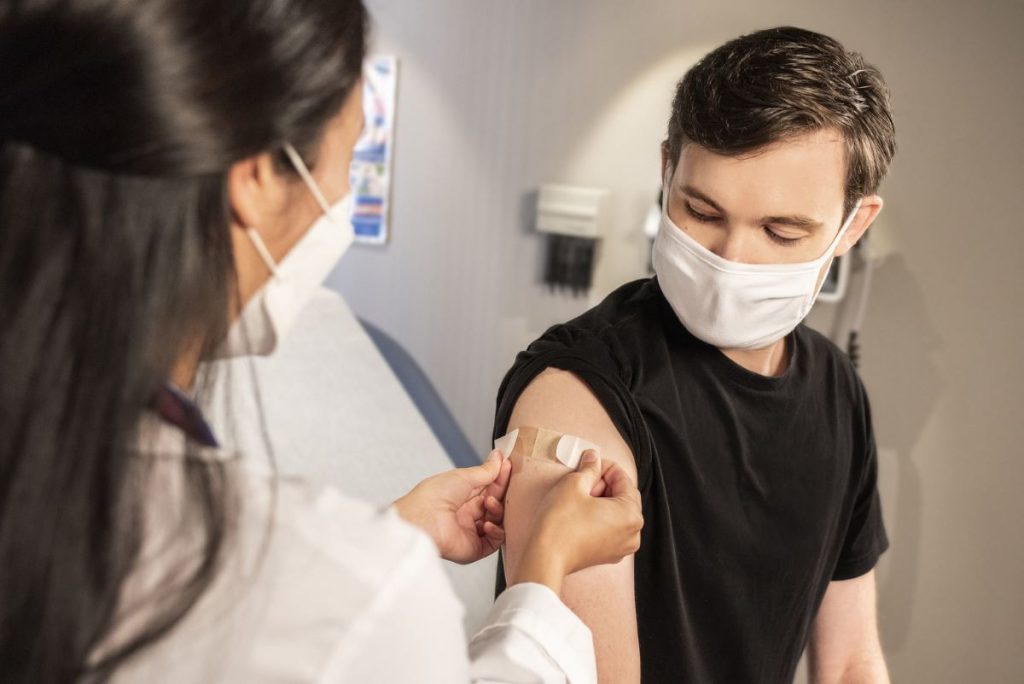
Booster Shots and Omicron
Within the US, the Omicron variant has led to an expansion of booster shots in the U.S. as the country navigates its latest surge in the coronavirus pandemic. With children as young as 12 expected to soon be eligible for the added dose, what do we know about booster shot efficacy, safety, and more? Let’s find out.
The FDA did announce that boosters are recommended for everyone aged 16 and older, federal regulators decided they’re also warranted for 12- to 15- year olds once enough time has passed since their last dose. The FDA has also said everyone 12 and older is eligible for a booster and can get one as early as five months after their last dose rather than six months.
Though admittedly, knowing when one is allowed to get their booster shots won’t do much good unless it’s actually effective against the Omicron virus, right? Well, let’s take a look at Pfizer’s booster shot and use that as a benchmark. When Pfizer first announced that a booster dose of its COVID-19 vaccine may offer important protection against the new omicron variant even though the initial two doses appear significantly less effective.
Pfizer and its partner BioNTech said that while two doses may not be protective enough to prevent infection, lab tests showed a booster would increase an individual’s virus-fighting antibodies. After a month, blood samples were taken after a booster shot and showed that injected individuals harbored levels of omicron-neutralizing antibodies that were similar to amounts proven protective against earlier variants after two doses.
Moderna, on the other hand, mentioned that its COVID-19 booster does appear to provide protection against the Omicron variant. The drug company said preliminary data from lab testing found that the version of its booster currently in use provided increased antibody levels to neutralize the virus while also finding that a double dose of the booster shot provided a much greater increase in those levels.
Finally, Johnson & Johnson’s booster shot provides high levels of protection against the omicron variant of COVID-19, according to data from a trial of healthcare workers in South Africa.
Although the study has not been peer-reviewed, the results were optimistic as it showcased that the booster improved protection against hospitalization to 85 percent from 63 percent.
Of the three vaccines mentioned, however, it’s been found that Pfizer and Moderna vaccines are performing better than Johnson & Johnson at preventing breakthrough infections, though all three protect against hospitalization and death.
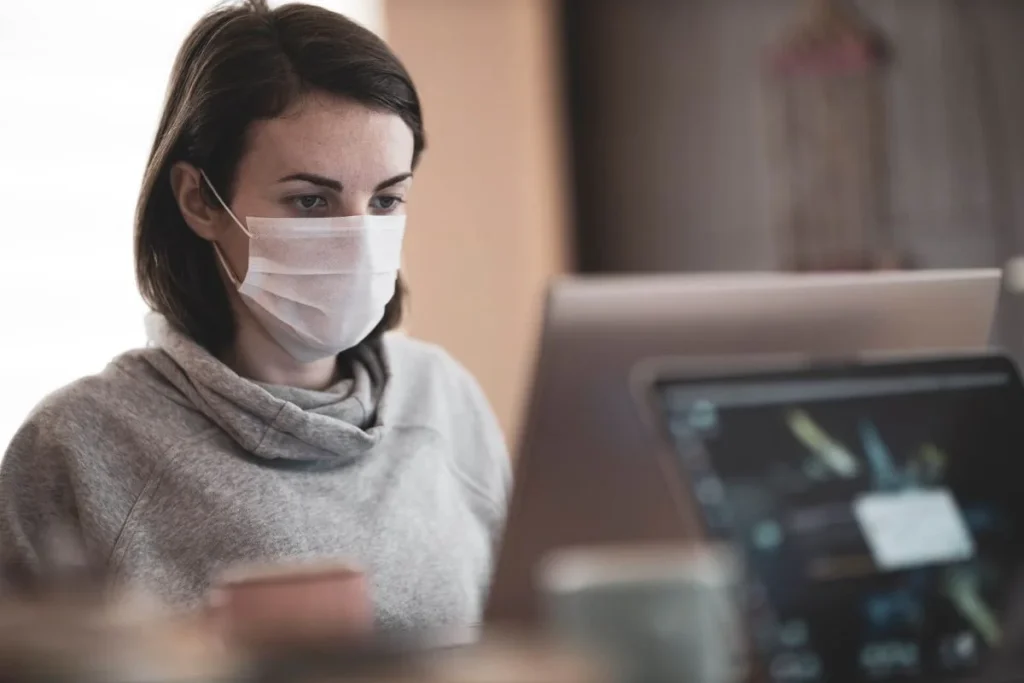
Types of Facemasks To Use
The use of facemasks has been a key fighting point against the virus. The popularity in the use of masks has only risen and that has called for the use of many different types of masks. This also means, however, that each mask will have its own attributes, strengths, and weaknesses. Let’s take a look at the different types of face masks available for use and then come up with a solid recommendation.
Cloth Mask
Cloth masks can be made from a variety of fabrics and many types of cloth masks are made available. If you want to wear a cloth mask, make sure that you’re picking one with a proper fit over your nose and mouth to prevent leaks, one with multiple layers of tightly woven, breathable fabric, a nose wire, and one with fabric that blocks light when held up to a bright light source.
The great thing about masks like these is the breathable fabric that they come in. Though you might not want to wear cloth masks with gaps around the sides of the face, exhalation valves, or a single layer of fabric that don’t really protect you from the virus.
Disposable Mask
Disposable face masks are probably the most popular type of mask, especially during the early part of the pandemic. They are sometimes referred to as surgical masks or medical procedure masks and you may remember them most fondly during the early stages of the pandemic when everything was first locking down and people were buying dozens of these off the shelf.
When picking your disposable mask, you’ll want to have three things kept in mind: First, a proper fit over your nose and mouth so as to prevent the possibility of leaks. Second, multiple layers of non-woven material. Third, a disposable mask with a nose wire to lock down and secure it in place.
You’ll definitely want to avoid any masks that have gaps around the sides of the face or the nose as well as any wet or dirty material.
Respirators
Some respirators are designed and tested to meet international standards. These respirators are labeled to tell you what standards they meet. There are, for example, respirators that were approved by NIOSH that were set against specific US standards that include quality requirements. These standards are often held to the highest regard considering that international standards do not often have quality requirements.
The most widely available respirators that meet an international standard are K95s but that doesn’t mean that other respirators that meet these standards are any worse off. Other examples include DL2, DL3, DS2, DS3, FFP2, KN100, KP95, and so on and so forth. The masks that meet the highest standards should be prioritized for healthcare personnel. Unfortunately, respirators aren’t for everyone. It should be noted that these might not be the best option for those with certain types of facial hair or international respirators with exhalation valves or vents. It would be important to note also that there are a lot of counterfeit KN95 respirators circling around and about 60% of KN95 respirators are counterfeit and thus fail to meet NIOSH requirements.
Which One Should We Use?
This information would be worthless, of course, if we didn’t have any recommendations for the readers. The CDC actually came out and said that to have a better fit and extra protection with cloth and disposable masks, it would be best to wear two masks, a disposable mask underneath and a cloth mask on top. You might want to combine either a cloth mask or disposable mask with a fitter or brace and knotting and tucking ear loops of a 3-ply mask where they can join the edge of the mask. To make sure that the mask is in place, fitting in elastic bands or ties attached behind the neck and head should keep it in place.
No matter which combination of masks you use, however, just make sure that they fit health requirements while fitting snugly and securely in place.
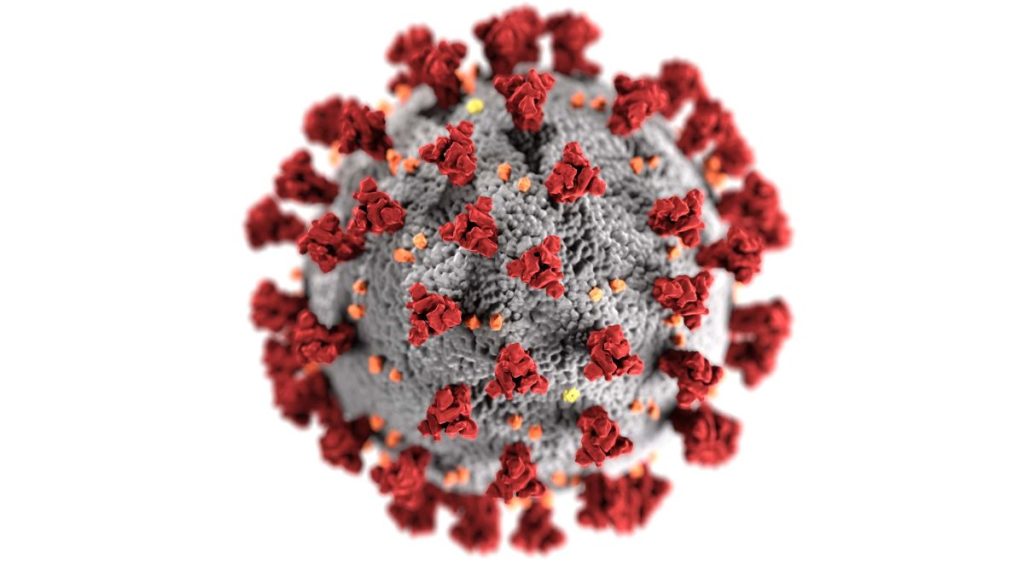
The Omicron Situation in the Country
In the local environment, the country is looking to get ready for a possible Omicron variant wave which Department of Health Undersecretary Leopold Vega said on Monday seems to be upon the Philippines as the Covid-19 infections continue to increase. “It looks like the Omicron wave is upon us,” Vega said in an interview with ANC television.
The Philippines has been experiencing a “steady increase” in terms of the Omicron just like what happened across South Africa and Europe. On the second and third of January, for example, the Department of Health reported more than 4,000 new daily cases, including 4,600 logged on Sunday, the highest infections since the country’s lowest 168 new cases recorded on December 21, 2021. This new high was probably caused by the high transmissibility factor may bring a large volume of infected patients.
Our only hope now is that the surge or peak of Omicron infections could only be delayed through public health interventions such as the proper wearing of face masks, social distancing, frequent and proper handwashing, good indoor ventilation, and vaccination.
That said, domestic regulations aren’t the only type of regulation looking to be set. The government and IATF also seem to be locking down on travelers from foreign companies. Say, for example, you’re a traveler coming in from a “Green” listed country, you’ll then have to quarantine for 5 days with an RT-PCR test being conducted on the 5th day. Even after release, you’re still urged to continue to monitor your health and home quarantine until the 14th day of arrival within the Philippines.
At the end of the day, our goal is to bring about a healthy and safe Philippines for all. It’s up to the Filipino people and heavily visited establishments to implement and enforce set regulations from the IATF. Crown Asia, one of the Philippines’ fastest-growing land developers, for example, makes it a point that the work and home environments are safe and secure for all parties involved. We’ve always gone the extra step when it comes to resident safety, so why not take a look around and see what we have to offer?
Related Blog: Essential Pieces to Wear Outside Amidst the Pandemic


